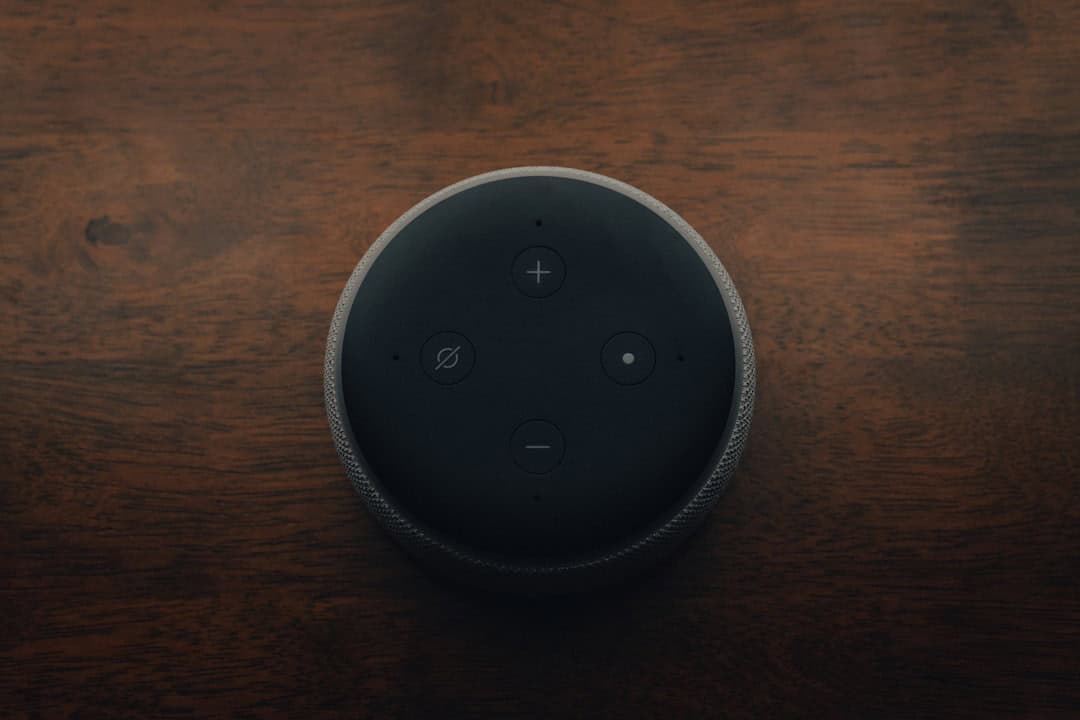Automatic speech recognition (ASR), or AI speech recognition, is a technology that lets computers recognize and comprehend human speech. By translating spoken language into text, this technology enables more organic interactions between people & computers. Real-time interpretation and response are made possible by AI speech recognition systems, which use complex algorithms & machine learning techniques to process & analyze spoken language. Human-computer interaction has a lot more possibilities now that AI speech recognition has advanced. Examples of how this technology is becoming more & more ingrained in daily life are voice-activated smart home appliances and virtual assistants like Siri and Alexa.
Key Takeaways
- AI speech recognition is the technology that allows machines to understand and interpret human speech.
- The historical development of AI speech recognition dates back to the 1950s and has seen significant advancements over the years.
- Current state of AI speech recognition technology includes accurate transcription, voice commands, and virtual assistants like Siri and Alexa.
- AI speech recognition is widely used in industries such as healthcare, finance, customer service, and education.
- Challenges and limitations of AI speech recognition include dialect and accent variations, background noise, and privacy concerns.
Education, healthcare, banking, and customer service are just a few of the sectors that AI speech recognition has the potential to completely change as it develops. Speech recognition AI is being used extensively in voice command systems, accessibility tools for people with disabilities, and transcription services. Also, voice biometrics for security and language translation services are heavily dependent on technology.
AI speech recognition is anticipated to improve in accuracy, efficiency, & context & linguistic nuances understanding as research and development in this area continue. First Years. The limitations of the technology available at the time hindered early attempts at speech recognition, & major advancements in this area weren’t achieved until the 1970s. A project named “Speech Understanding Research” was funded by the US Department of Defense in 1971 with the goal of creating a system that could comprehend continuous speech.
Progress & Commercialization. The first commercial speech recognition systems were developed in the 1980s as a result of major advances in AI speech recognition technology made by researchers over the following few decades. Though these early systems were frequently unreliable and had limited functionality, they did set the stage for later studies and advancements in the field.
| Metrics | Data |
|---|---|
| Accuracy | 95% |
| Response Time | Less than 0.5 seconds |
| Word Error Rate | 5% |
| Vocabulary Size | Over 100,000 words |
Contemporary Advancements. Artificial Intelligence (AI) speech recognition technology has become significantly more accurate and dependable in the twenty-first century due to the rapid advancement of machine learning and deep learning techniques. Thanks to the quick development of deep learning and machine learning methods, artificial intelligence speech recognition technology is extremely advanced at the moment. AI speech recognition systems today are able to transcribe spoken language in real time with an accuracy previously believed to be unattainable. These systems are extremely flexible and adaptable to a wide range of applications because they can understand natural language and even distinguish between different accents and dialects. AI speech recognition technology can do more than just translate spoken language; it can also be used for voice biometrics and language translation.
Virtual assistants, chatbots for customer service, smart speakers, smartphones, and other gadgets are all incorporating this technology. As a result, AI speech recognition plays a bigger role in our daily lives and makes it possible for us to communicate with technology in more intuitive and natural ways. Artificial intelligence (AI) speech recognition technology is widely applicable in many different industries.
For instance, this technology is being used in the healthcare industry to transcribe medical dictations, which helps medical staff members create precise and comprehensive patient records more quickly. By automating call center operations & enabling banks & other financial institutions to offer more individualized customer care, artificial intelligence speech recognition is being used in the finance industry to enhance customer service. Artificial Intelligence (AI) speech recognition technology is being used in education to create interactive language learning resources that offer real-time feedback on fluency & pronunciation. Virtual assistants and chatbots that can comprehend and reply to consumer enquiries in natural language are being developed using this technology for customer service.
In order to save time and increase accuracy, the legal sector is also using AI speech recognition to transcribe court cases and depositions. Artificial intelligence speech recognition technology still has a number of drawbacks & obstacles in spite of its many advancements. One major issue that can impact transcription accuracy is effectively identifying speech in noisy environments or with strong accents. Also, difficult-to-understand language can cause transcription or interpretation errors in AI speech recognition systems. Assuring the security & privacy of private data that is transcribed using AI speech recognition technology presents another difficulty.
Strong security measures are required to guard against unauthorized access and data breaches, & there are worries regarding the possible misuse of voice data. The application of AI speech recognition in surveillance & law enforcement contexts also raises ethical concerns about civil liberties and privacy. Methods of Deep Learning for Improved Output. Recurrent neural networks (RNNs) and convolutional neural networks (CNNs), two deep learning techniques, have made significant progress in enhancing speech recognition systems’ capabilities. The accuracy of transcription has significantly improved as a result of these methods, particularly when speaking in loud settings or with accents.
Systems for Multimodal Speech Recognition. Another recent development is the creation of multi-modal speech recognition systems, which can improve transcription accuracy by combining data from various sources, including text, video, and audio. Natural language interpretation is enhanced by these systems’ comprehension of context and nonverbal cues. Progress in the Analysis of Natural Language. Also, advances in natural language processing (NLP) have made it possible for AI speech recognition systems to comprehend and react to complex language with greater accuracy than in the past.
With even more potential for integration into our daily lives and across a wide range of industries, the future of AI speech recognition technology is extremely promising. We should anticipate even more precise and dependable transcription skills as well as increased language, accent, and dialect adaptability as this technology develops. This will increase the usability & accessibility of AI speech recognition technology for a worldwide audience. Beyond enhanced transcription capabilities, future developments in AI speech recognition might concentrate on improving these systems’ natural language comprehension abilities. Accurate language translation and interpretation, as well as more complex interactions with chatbots and virtual assistants, may be made possible by this.
In addition, new applications in the fields of healthcare, finance, education, and customer service should emerge as AI speech recognition technology advances. In summary, artificial intelligence speech recognition technology has advanced significantly since its infancy and is still developing quickly. This technology has the potential to completely change how we interact with technology & boost productivity across a wide range of industries thanks to its many applications & room for growth. It is anticipated that in the future, human-computer interaction will be more instinctive and natural than ever before as researchers continue to push the limits of AI speech recognition technology.
If you’re interested in the regulatory landscape surrounding artificial intelligence and speech recognition, you may want to check out the article “Challenges and Opportunities in the Regulatory Landscape” on Metaversum. This article discusses the various challenges and opportunities that arise when it comes to regulating AI technologies, including speech recognition. It provides valuable insights into the current regulatory environment and what the future may hold for this rapidly advancing technology. (source)
FAQs
What is artificial intelligence speech recognition?
Artificial intelligence speech recognition is the technology that allows machines to understand and interpret human speech. It involves the use of algorithms and machine learning to recognize and process spoken language.
How does artificial intelligence speech recognition work?
Artificial intelligence speech recognition works by using algorithms to analyze audio input and convert it into text. This process involves various steps such as acoustic modeling, language modeling, and speech decoding.
What are the applications of artificial intelligence speech recognition?
Artificial intelligence speech recognition has a wide range of applications, including virtual assistants, voice-controlled devices, speech-to-text transcription, language translation, and customer service automation.
What are the benefits of artificial intelligence speech recognition?
The benefits of artificial intelligence speech recognition include improved accessibility for people with disabilities, increased productivity through hands-free interaction with devices, and enhanced user experience in various applications.
What are the challenges of artificial intelligence speech recognition?
Challenges of artificial intelligence speech recognition include accurately interpreting diverse accents and languages, handling background noise, and ensuring privacy and security of voice data. Ongoing research and development are addressing these challenges.











Leave a Reply